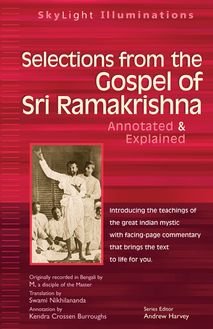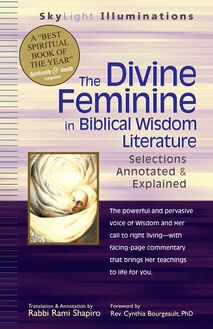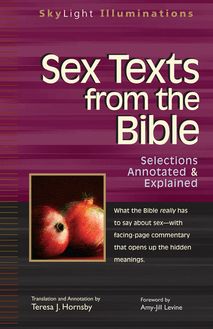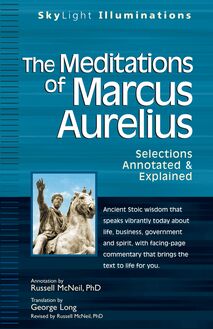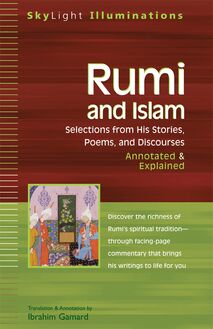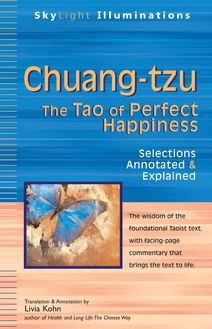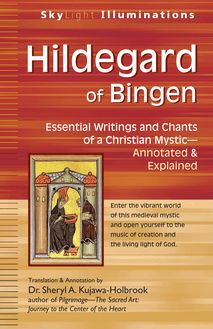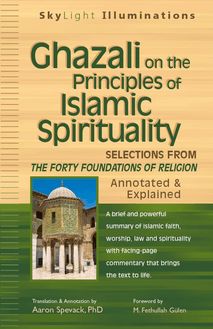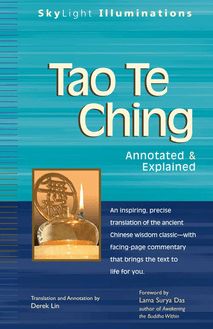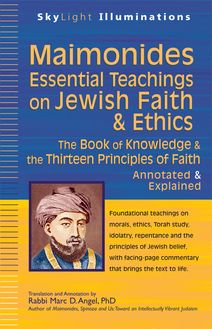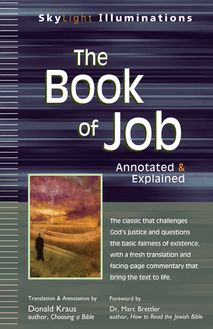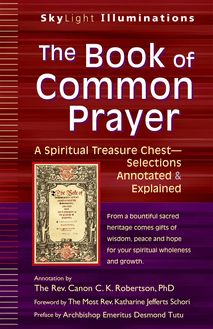The Book of Mormon , livre ebook
115
pages
English
Ebooks
2011
Vous pourrez modifier la taille du texte de cet ouvrage
Obtenez un accès à la bibliothèque pour le consulter en ligne En savoir plus
Découvre YouScribe et accède à tout notre catalogue !
Découvre YouScribe et accède à tout notre catalogue !
115
pages
English
Ebooks
2011
Vous pourrez modifier la taille du texte de cet ouvrage
Obtenez un accès à la bibliothèque pour le consulter en ligne En savoir plus
Publié par
Date de parution
11 avril 2011
Nombre de lectures
2
EAN13
9781594733277
Langue
English
An inside look at the foundational sacred text of one of the world's youngest and fastest growing religions
The Book of Mormon stands alongside the Bible as the keystone of The Church of Jesus Christ of Latter-day Saints (LDS Church/Mormonism). Translated by the prophet Joseph Smith from ancient writings inscribed on golden plates, the Book of Mormon is an account of people living in the Western Hemisphere in a timeline that parallels that of the Bible. It covers a thousand years of loss, discovery, war, peace, and spiritual principles that focus on the teachings of Jesus Christ, outlining a plan for salvation and the responsibilities we must assume to attain it.
The Book of Mormon: Selections Annotated & Explained explores this sacred epic that is cherished by more than twelve million members of the LDS church as the keystone of their faith. Probing the principal themes and historical foundation of this controversial and provocative narrative, Jana Riess focuses on key selections that offer insight into contemporary Mormon beliefs and scriptural emphases, such as the atonement of Christ, the nature of human freedom, the purpose of baptism, and the need for repentance from sin. She clarifies the religious, political, and historical events that take place in the ancient communities of the Book of Mormon and their underlying contemporary teachings that serve as the framework for spiritual practices that lie at the core of Mormon life.
Now you can experience this foundational sacred text even if you have no previous knowledge of Mormonism. This SkyLight Illuminations edition presents the key teachings and essential concepts of the Mormon faith tradition with insightful yet unobtrusive commentary that helps to dispel many of the misconceptions that have surrounded the Book of Mormon since its publication in 1830.
http://longhillpartners.onixsuite.com/resources/titles/50113100855430/extras/Book_of_Mormon-Table_of_Contents.pdf
Foreword by Phyllis Tickle vii
Introduction xi
A Note about Language xxi
The Book of Mormon: An Account Written
by the Hand of Mormon upon Plates Taken
from the Plates of Nephi 1
Selections from the Book of Mormon
1. The First Book of Nephi 5
2. The Second Book of Nephi 51
3. The Book of Jacob 79
4. The Book of Mosiah 109
5. The Book of Alma 139
6. The Third Book of Nephi 185
7. The Book of Mormon 207
8. The Book of Moroni 219
Notes 232
Suggested Readings 234
Publié par
Date de parution
11 avril 2011
EAN13
9781594733277
Langue
English
Books in the SkyLight Illuminations Series
The Art of War-Spirituality for Conflict: Annotated & Explained
Bhagavad Gita: Annotated & Explained
The Book of Mormon: Selections Annotated & Explained
Celtic Christian Spirituality: Essential Writings-Annotated & Explained
Chuang-tzu: The Tao of Perfect Happiness-Selections Annotated & Explained
Dhammapada: Annotated & Explained
The Divine Feminine in Biblical Wisdom Literature: Selections Annotated & Explained
Ecclesiastes: Annotated & Explained
The End of Days: Essential Selections from Apocalyptic Texts-Annotated & Explained
Ethics of the Sages: Pirke Avot-Annotated & Explained
Ghazali on the Principles of Islamic Spirituality: Selections from Forty Foundations of Religion-Annotated & Explained
Gnostic Writings on the Soul: Annotated & Explained
The Gospel of Philip: Annotated & Explained
The Gospel of Thomas: Annotated & Explained
Hasidic Tales: Annotated & Explained
The Hebrew Prophets: Selections Annotated & Explained
The Hidden Gospel of Matthew: Annotated & Explained
The Infancy Gospels of Jesus: Apocryphal Tales from the Childhoods of Mary and Jesus-Annotated & Explained
The Lost Sayings of Jesus: Teachings from Ancient Christian, Jewish, Gnostic, and Islamic Sources-Annotated & Explained
The Meditations of Marcus Aurelius: Selections Annotated & Explained
Native American Stories of the Sacred: Annotated & Explained
Philokalia: The Eastern Christian Spiritual Texts-Annotated & Explained
The Qur an and Sayings of Prophet Muhammad: Selections Annotated & Explained
Rumi and Islam: Selections from His Stories, Poems, and Discourses-Annotated & Explained
The Sacred Writings of Paul: Selections Annotated & Explained
Saint Augustine of Hippo: Selections from Confessions and Other Essential Writings-Annotated & Explained
St. Ignatius Loyola-The Spiritual Writings: Selections Annotated & Explained
The Secret Book of John: The Gnostic Gospel-Annotated & Explained
Selections from the Gospel of Sri Ramakrishna: Annotated & Explained
Sex Texts from the Bible: Selections Annotated & Explained
Spiritual Writings on Mary: Annotated & Explained
Tanya, the Masterpiece of Hasidic Wisdom: Selections Annotated & Explained
Tao Te Ching: Annotated & Explained
The Way of a Pilgrim: The Jesus Prayer Journey-Annotated & Explained
Zohar: Annotated & Explained
The Book of Mormon: Selections Annotated & Explained
2005 First Printing Annotation and introductory material 2005 by Jana Riess
All rights reserved. No part of this book may be reproduced or transmitted in any form or by any means, electronic or mechanical, including photocopying, recording, or by any information storage and retrieval system, without permission in writing from the publisher.
For information regarding permission to reprint material from this book, please mail or fax your request in writing to SkyLight Paths Publishing, Permissions Department, at the address / fax number listed below, or e-mail your request to permissions@skylightpaths.com.
Library of Congress Cataloging-in-Publication Data Book of Mormon. Selections. The book of Mormon : selections annotated & explained / annotation by Jana Riess ; foreword by Phyllis Tickle. p. cm.- (SkyLight illuminations series) Includes bibliographical references. ISBN 1-59473-076-8 1. Book of Mormon-Criticism, interpretation, etc. I. Riess, Jana. II. Title. III. Series: SkyLight illuminations. BX8623 2005 289.3 22-dc22 2005012696
10 9 8 7 6 5 4 3 2 1
Manufactured in the United States of America
Grateful acknowledgment is given for permission to reprint Moroni Burying the Plates by Tom Lovell, by Intellectual Reserve, Inc.
SkyLight Paths Publishing is creating a place where people of different spiritual traditions come together for challenge and inspiration, a place where we can help each other understand the mystery that lies at the heart of our existence.
SkyLight Paths sees both believers and seekers as a community that increasingly transcends traditional boundaries of religion and denomination-people wanting to learn from each other, walking together, finding the way .
SkyLight Paths, Walking Together, Finding the Way and colophon are trademarks of LongHill Partners, Inc., registered in the U.S. Patent and Trademark Office.
Walking Together, Finding the Way Published by SkyLight Paths Publishing A Division of LongHill Partners, Inc. Sunset Farm Offices, Route 4, P.O. Box 237 Woodstock, VT 05091 Tel: (802) 457-4000 Fax: (802) 457-4004 www.skylightpaths.com
Contents
Foreword by Phyllis Tickle
Introduction
A Note about Language
The Book of Mormon: An Account Written by the Hand of Mormon upon Plates Taken from the Plates of Nephi
Selections from the Book of Mormon
1. The First Book of Nephi
2. The Second Book of Nephi
3. The Book of Jacob
4. The Book of Mosiah
5. The Book of Alma
6. The Third Book of Nephi
7. The Book of Mormon
8. The Book of Moroni
Notes
Suggested Readings
About SkyLight Paths
Copyright
Foreword
Phyllis Tickle
Whether the Book of Mormon is true or not, I do not know; nor is the answer to that question of any great moment here. What matters is that the Book of Mormon is a body of sacred literature.
Within the Abrahamic faiths, of which Mormonism is a branch, a text may become sacred in either of two ways. It can be a direct revelation, by dictation, inscription, or inspiration, from God; or it can be believed by a body of people to be such. In either case, the result is the same, and belief is the requisite component. Belief is a powerful force in us. It so shapes what we are that we become what it is; the object and its reflection in the mirror merge.
There was a time, no doubt, in a less globalized, less intimately populous, less information-saturated world when the beliefs of twelve million of our fellow human beings could be considered of little or no relevance to the other millions of us. The times for such arrogance are long gone … or pray God, may they be. The individuals and groups within humanity determine the whole. We are in aggregate both what we believe and what our fellows believe; and we can know each other in peace and affection only as we know with respect and accuracy what each corps of us clings to as its foundational text.
Jana Riess is an adult convert to Mormonism. As a convert who is also a trained scholar, she has been for more than ten years a clear-voiced and credible explicator of her faith and its traditions. Yet in this present work-the very difficult and danger-fraught one of condensing holy writ-Riess has exceeded even her own earlier work, achieving an apogee of sorts for herself, for Mormonism, and for ecumenism. Of greater pertinence, however, is that you cannot read very far into these pages without accruing benefits from having so cordial and informed a guide as Riess.
It is almost a truism that all sacred texts are initially difficult for the neophyte and/or nonconvert to parse, and the difficulty of the task increases exponentially when that text is narrative. In sacred narrative, unknown characters with obscure and often unpronounceable names wander through strange lands, while having, as they go, encounters with paranormal or celestial or semidivine creatures and even, from time to time, engagements with the deity itself. The Book of Mormon is no different in this regard from any other form of holy writ, but it does have two particularities that distinguish it from other, similar texts.
First, the Book of Mormon contains a greater proportion of narrative over didacticism than do many other scriptures. It certainly has a faster-paced, edgier, more graphically drawn narrative than most. Even more significant, though, is that for American readers, especially American Jewish and non-Mormon Christian readers, the Book of Mormon has an elusive, but maddening familiarity that comes within your grasp, then rushes away.
Much of the foundational story of Mormonism happens in the Americas. Unaccustomed to having a sacred story occur in the Western hemisphere, Americans find this right-down-the-road presence of it to be somewhere between intriguing and disconcerting. Then, of course, there is the worldview and sacred history that are similar but not identical to the Judeo-Christian tradition. Here is an Eve whose actions are of benefit to humanity because they deliver us out from Paradise and into Life so that we at last may do and be and die. Here is a flight from Jerusalem that preceded that other flight we know as the Babylonian Captivity and that preserved the chosen of Israel here in this hemisphere and not in the Middle East. Here are sagas that parallel the Torah and then veer off to stories of kings with familiar names like King Benjamin, whom we feel we must surely know and yet must acknowledge that we do not.
And so it goes but, in this case at least, it goes with Riess glossing the way. Let us be grateful; for it is only when we are blessed with clear passage into the substance of belief that we have any chance at all of piercing through the outer scrims of doctrine and into the hope that is faith for all of us, regardless of our particular communions.
Introduction
My first real encounter with the Book of Mormon was in the summer of 1991, when I was fresh out of college and spending the summer with some friends in Vermont. On a lark, I took a day trip to Sharon, Vermont, the site of the birthplace of Latter-day Saint founder Joseph Smith, Jr. I was not a Mormon and not at all interested in becoming one, but I had done my senior thesis on The Church of Jesus Christ of Latter-day Saints and was curious to see this significant historic site.
Since it was a weekday, the place was not crowded; in fact, during most of my visit I was the only tourist there. This made me fair game for the grandmotherly woman who served as a volunteer missionary guide at the birthplace. She ushered me through the mod
